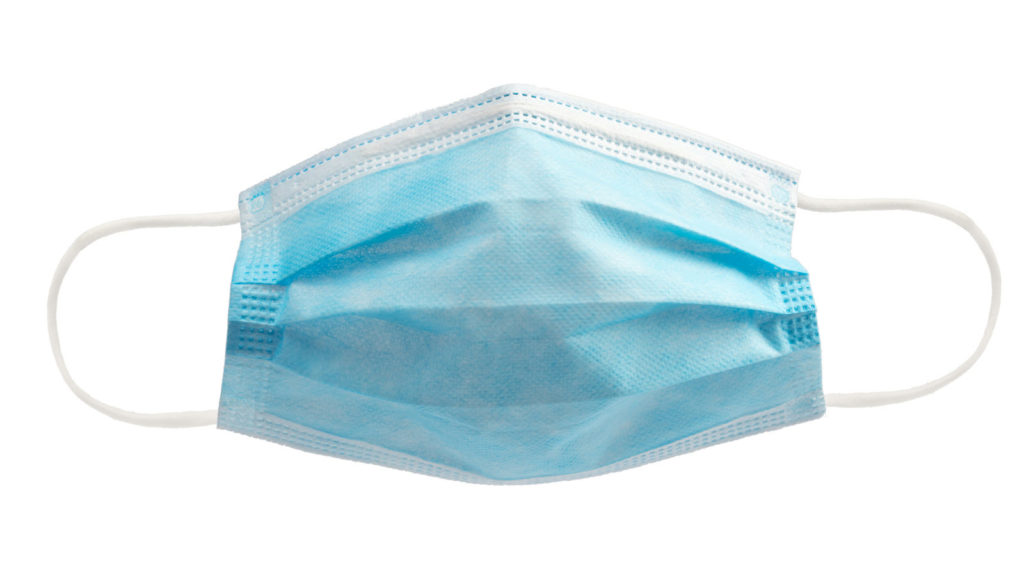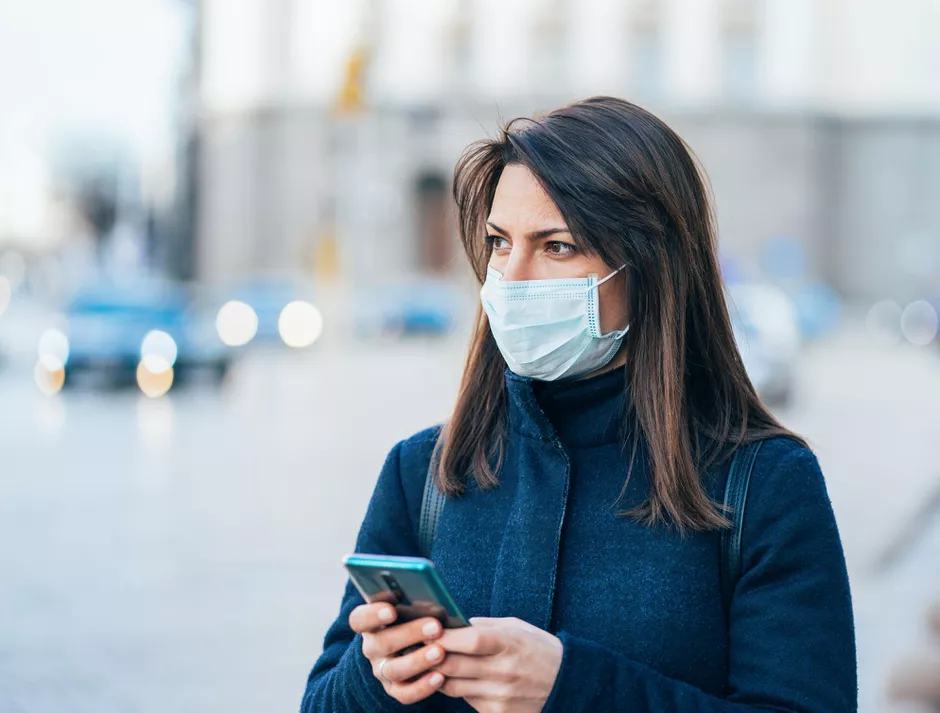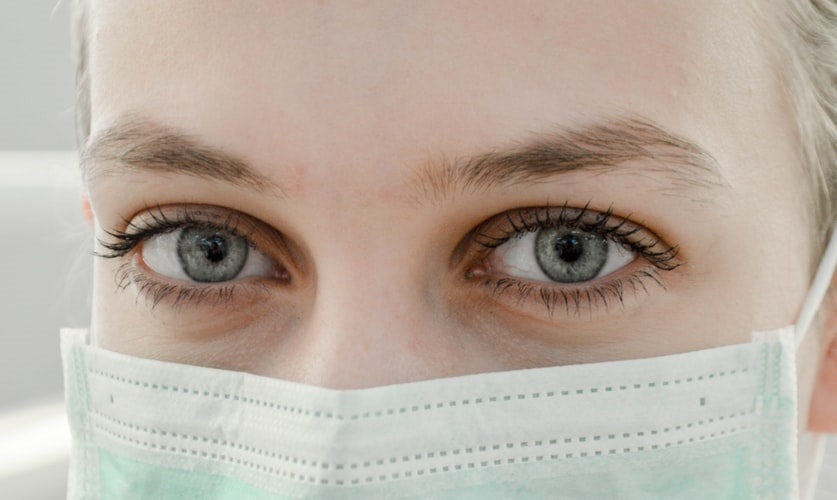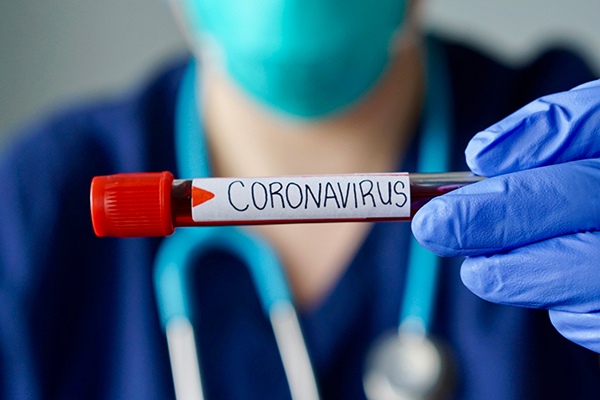Right now, the new normal is wearing a face mask to help mitigate the spread of the coronavirus. And it’s worthwhile to do, because catching the virus is more likely when people aren’t wearing masks.
The problem with face masks is that they are inconvenient to wear. Nobody likes to wear a mask, and many of you have probably seen the viral pictures of the Italian nurses who have mask marks all over their face from wearing face masks day in and day out since the pandemic started. Wearing a face mask is no picnic, and they can cause problems with breathing to boot.
But we all need to do our part and help stop the spread of the infection. We’re here to help so that wearing a mask need not be a bigger chore than it already is. With proper mask selection and the correct technique, you can do your part fighting the coronavirus with minimal inconvenience.
What kind of Mask should you Wear?
The first thing to consider is which mask to wear. You are probably familiar with the garden variety surgical masks which are available in any drug store.

These masks are serviceable and are the bare minimum you should be wearing during the pandemic. These masks are designed to keep out liquid droplets from your mouth and nose, and are designed for surgeon’s use to keep blood off the surgeon’s face while operating. While technically they will not protect against virus droplets the size of the novel coronavirus, a lot of anecdotal evidence suggests that they help to protect you from catching the virus.
In addition, they serve a more important purpose: if you are infected or are a carrier of the disease, you will usually spread and infect others with droplets you release when you cough. Wearing a mask keeps these droplets to yourself; so masks are actually there to protect others from you (if you are infected) rather than protect you from others. That is still important, as it will keep infections down instead of creating more infected people. Masks in general are there to protect the environment from you, while respirators are there to protect you from the environment.
If you want more protection, you may opt for an N95, an N99 or even an N100 respirator. These masks are actually respirators and are designed to filter out much smaller particles and are powerful enough to keep even a coronavirus . The coronavirus is about .125 microns in diameter, and while the N95 mask is rated for .3 microns, in actual testing it can capture 95% of particles up to .007 microns in diameter. Surgical masks were able to capture 80% of the particles.
The humble surgical mask itself is surprisingly effective at capturing small particles, and offer good protection against the virus.
Making your own Mask
You can also opt to make your own homemade mask. This professor did a study on DIY masks and found that you can have some very effective protection against the coronavirus using household materials. Masks that used a coffee filter were very effective, capturing 62% of particles the size of the coronavirus. However they were difficult to breath through, so the recommendation for the best materials in a homemade mask are: paper towels, denim, and 100% cotton bedsheets (in that order).
They offer surprisingly good protection against particles and are still breathable. While not as good as an industrial N95 mask or even a surgical mask, they are easy to make at home and if your city or state mandates the use of masks, these are better than nothing. And they are much easier to breathe in, which is a big plus.
How should you Wear the Mask?
There is a proper way to wear them, and you definitely want them over your nose and mouth. If you have a specific mask like a 3M N95 mask, it should have instructions that you should follow. If you are using a typical surgical mask, it might not have instructions but you should keep these in mind:
- Wash your hands with soap and water before handling the mask.
- Check that there are no holes or obvious tears on the mask.
- Check which side is the front. The colored side is usually the front, while the white side touches your face.
- The ear loops go around your ear. They are not meant to hang over your head.
- Put the mask over your nose, then pull the rest of it over your mouth and chin. Make sure you are covering your nose and mouth.
Be sure not to re-use any surgical masks; they are meant to be disposable.
You will have to figure out how to best wear any homemade mask, but the important point is to create a proper seal around your mouth and nose. If you made your own mask with paper towels you should replace the paper towels each time. Any parts you don’t replace (like denim or bedsheets) should be washed properly with soap and water before using again.
Breathe through your Nose
To help in breathing, especially if you are wearing the mask for an extended period of time, make sure you are using nasal breathing, or in other words breath through your nose. If you breath through your mouth, you are expelling a lot of moisture. This will catch onto the mask and make it damp or wet after a while, which reduces its efficiency and makes it harder to breath at the same time.
Breathing through your nose can help keep the mask in working order, and makes it easier to breath to boot. Be sure to learn to do this, especially if you are using the mask to exercise outdoors, for instance a morning jog around town.
When Should you Wear a Mask?
In general you want to wear a mask everytime you go out of your home.
While indoors at home you generally do not need to wear a mask, unless you have company from outside. Most people will be practicing social distancing, so you generally will not need to do so. Any guests should be wearing a mask, as masks are there to protect you. Remember that masks in general are there to protect the environment from you, while respirators are there to protect you from the environment.
Wearing a mask while exercising can be very challenging, but for those of us who don’t want to compromise our fitness, it’s essential whenever you go out to exercise. Unless you are in a low-density residential area without many people, you should wear a mask all the time, or at the very least keep one on your person in case you run into a lot of people.
The problem with exercising with a mask on, is that it limits your oxygen intake, so your lungs have to work harder to get the usual oxygen into your body. That’s especially important while doing strenuous activity. Be careful when exercising with a mask, as you may black out or experience dizzy spells due to your body not getting enough oxygen. Take it slow and listen to your body. Other than that, it should not be a problem to wear a mask while exercising.
In Summary
Remember that in the end, we’re all in this together and we all need to do our part to combat the pandemic. Wearing a mask can be a chore, but it doesn’t have to be that difficult. Whether you have a good stock of masks at home or make your own, be sure to exercise the diligence to use them whenever you leave home. The pandemic will be over sooner or later, and we can go back to our normal lives, but in the meantime it’s everyone’s responsibility to use masks whenever appropriate.






